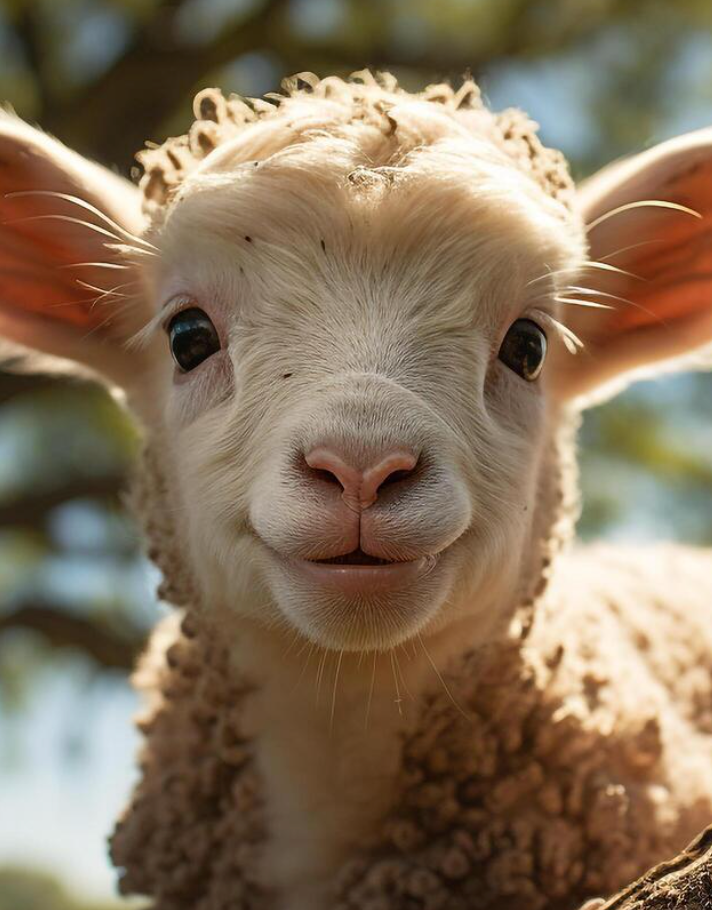FARM ANIMAL HYGIENE BASICS

FARM ANIMAL HYGIENE BASICS
SUMMARY
Farm Animal Hygiene Basics offers essential tips and practices to ensure a clean and healthy environment for your livestock. Proper hygiene not only improves animal health but also boosts productivity and safety on the farm.
FEATURES
- Sanitation Essentials: Key cleaning practices for barns and enclosures.
- Water Quality: Maintaining clean and safe drinking water.
- Manure Management: Effective waste disposal methods.
- Disease Prevention: Strategies to minimize infection risks.
- Grooming Guidelines: Regular care for different species.
- Equipment Hygiene: Cleaning tools and feeding equipment.
- Pest Control: Reducing flies, ticks, and other nuisances.
- Biosecurity Measures: Protecting against external contamination.
DESCRIPTION
Maintaining proper hygiene on your farm is critical to the health and well-being of your animals. Farm Animal Hygiene Basics provides practical advice to help you implement effective cleaning and care routines.
Start with sanitation essentials, including cleaning barns, stables, and animal enclosures to remove dirt and bacteria. Regular disinfection minimizes the spread of pathogens and ensures a safe environment.
Access to clean water is vital for livestock health. Learn how to maintain water troughs and systems to prevent contamination and ensure safe hydration.
Efficient manure management is key to keeping your farm clean and odor-free. Discover methods for handling, storing, and disposing of waste responsibly.
Disease prevention begins with hygiene. This guide highlights ways to identify potential risks and adopt measures to protect your animals from infections.
Grooming is an important part of animal care. Follow the grooming guidelines provided to keep your livestock clean, comfortable, and healthy.
Properly maintained tools and equipment reduce the risk of cross-contamination. Learn about equipment hygiene practices for cleaning feeding bowls, milking machines, and other essentials.
Pests can pose significant health risks to your animals. This guide offers tips for pest control, including managing flies, ticks, and rodents.
Finally, safeguard your farm with biosecurity measures to limit exposure to diseases brought in by new animals, visitors, or equipment.
With Farm Animal Hygiene Basics, you can create a safe, clean, and productive environment that supports the health and happiness of your livestock.
- Abhi Singh

Comments 0